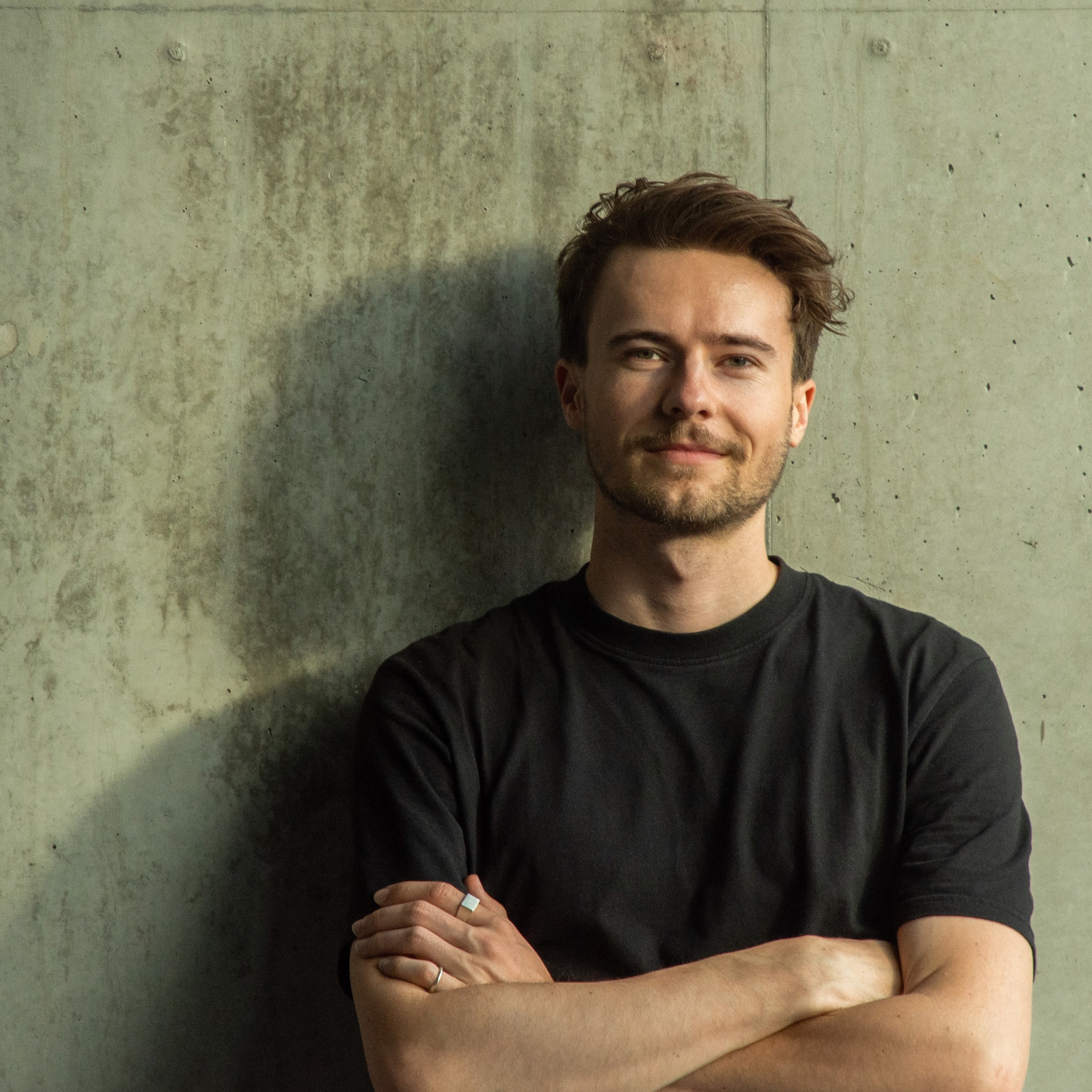What it does
The products are based on the principle of reduction and form closure. All elements and materials can be separated. The products are reduced in such a way that they are intuitively understandable and dispense with unnecessary elements.
Your inspiration
Products are becoming increasingly complex and often consist of many materials that cannot be separated and recycled at the end of their service life. With the two stools and the two lamps I want to reduce the complexity and create a solution in the furniture sector that makes it possible to separate materials well. The inspiration comes from Japanese wooden joints. These joints are detachable, visually appealing and carry the instructions on how to make the connection.
How it works
The 3d printed seat of the stool fits like a puzzle piece on the concrete base thanks to 3d scanning technology. This connection fits exactly and is detachable. This means that the top can be replaced or both elements can be recycled separately. I produced a flexible seat cushion printed in TPU and a CNC-milled top in walnut. The desk lamp consists of a concrete cube that fixes a steam-bent wood by its own weight. The wooden element contains the lighting element and is adjustable due to its round shape. The big arched lamp also consists of steam-bent wooden elements and form-fit stacked concrete blocks. The wooden cube, which can be used as a stool or side table, consists of only one material, but has a contrasting color. Here, the wood was processed using the Shou-Sugi-Ban technique. This stool now carries a visual tension without the addition of another material.
Design process
In my final thesis, I dealt intensively with the subject of contrast. At the same time, I tried out various production techniques, including techniques such as shou-sugi-ban, steam bending and digital techniques. After experiencing the techniques myself in a few experiments, I was able to combine the findings from both worlds and incorporate them into these four products. In order to steam bend the wooden elements, I had to build a steam box and produce molds. This technique required several attempts to achieve a usable result. I designed the concrete elements in CAD and printed out the molds. For the concrete stool, I modeled a unique structure in sand. I was able to digitize this structure with a 3D scanner and completed the shape in CAD. The products show the possibilities of consciously incorporating contrast into products. At the same time, they also symbolize the interaction of traditional and digital manufacturing techniques – created by contrast
How it is different
These products dispense with unnecessary materials and elements in furniture. The upholstery of the stool in particular is reduced to one material without having to forego upholstering properties. The products are easy to assemble, can be customized very well and all materials can be separated from each other.
Future plans
Technical details still need to be further developed for the future. The desk lamp is not yet functional. I would also like to look at other materials that reduce the use of concrete. The aim is to develop the products to market maturity.



Connect